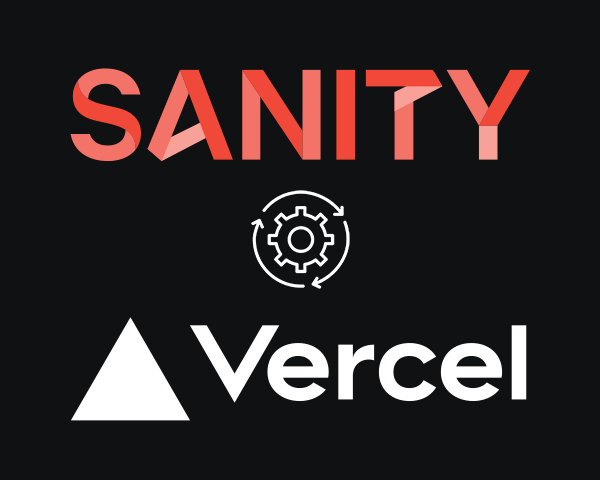
In the ever-evolving landscape of front-end development, staying up-to-date with the latest technologies is not just a choice but a necessity. As a frontend developer, I recently embarked on the journey of migrating a project from Vue 2 to Vue 3. One of the most significant shifts was transitioning from the Composition API to the Options API. In this blog post, I’ll share my experiences and insights into the migration process, shedding light on the rationale behind embracing the Options API over the Composition API.
Understanding the Composition API and Options API
Before diving into the migration journey, let’s briefly understand the two APIs. Vue 2 primarily utilized the Options API, which structured components through options like data, methods, computed, and more. Vue 3 introduced the Composition API, offering a more flexible and scalable way to organize component logic. The Composition API encourages the composition of smaller, reusable functions, making it easier to manage complex component logic.
The Migration Process
1: Prepare the Project:
Before making the switch, it’s essential to ensure that your project is compatible with Vue 3. Update dependencies, resolve any deprecated features, and check for breaking changes in your codebase.
2: Review the Existing Codebase:
Thoroughly analyze your Vue 2 codebase to identify components that heavily rely on the Composition API. Take note of any reactivity patterns, lifecycle hooks, or state management structures that will need adjustment.
3: Introduce Vue 3:
Once the groundwork is laid, update your project to use Vue 3. This may involve tweaking build configurations, updating Vue-related packages, and addressing any compatibility issues. At this point, if your project uses Webpack, I recommend switching to Vite at this stage to make the most of its lightning-fast hot module replacement (HMR) and quick startup times.
4: Integration of Pinia:
If your project relies on Vuex for state management xplore Pinia as an alternative. Pinia, designed specifically for Vue 3, brings reactivity improvements and a more ergonomic API. Refactor the logic to align with Pinia’s reactive store architecture. Take advantage of Pinia’s simplicity and performance benefits to streamline your application’s state management.
5: Refactor Component Logic:
With Vue 3 in place, it’s time to revisit your components and refactor the logic written using the Composition API. Evaluate whether the logic can be encapsulated within methods, computed properties, or the setup option, which is the heart of the Options API.
Embracing the Options API:
1: Setup Function with <script setup>:
The setup function is the entry point for the Options API. It replaces the lifecycle hooks used in the Composition API and is responsible for setting up reactive properties, methods, and more. I prefer to utilise the <script setup> syntax to encapsulate the setup function directly within the component’s template. This not only reduces boilerplate code but also enhances readability by keeping the logic close to where it’s used.
2: Data and Methods:
Migrate data properties and methods from the Composition API to the setup function. Leverage the ref and reactive functions for reactivity, ensuring a smooth transition of state management.
3: Lifecycle Hooks:
Lifecycle hooks like mounted or beforeUpdate can be replaced with the corresponding methods within the setup function. This ensures that your component logic remains intact while adhering to the Options API structure.
4: Refactoring for Readability:
Take advantage of the Options API to enhance the readability of your code. Group related logic together within the setup function, making it easier for other developers to understand and maintain.
Conclusion
Migrating a project from Vue 2 to Vue 3 is a transformative journey that opens doors to enhanced performance, better reactivity, and improved developer experience. Embracing the Options API offers a structured approach to component logic, promoting maintainability and scalability. As a frontend developer, navigating this transition has been a rewarding experience, unlocking the full potential of Vue 3 and setting the stage for future innovations in frontend development.


